Yogācāra and the nature of mind — Consciousness-only and the path to non-duality
After Nāgārjuna’s radical deconstruction of all views through śūnyatā and the two truths, Buddhist philosophy faced a new challenge: how to speak meaningfully about experience and practice without slipping back into metaphysical reification. The Yogācāra school, also known as Cittamātra (“Mind-only”), emerged in response. Rather than opposing Nāgārjuna, Yogācāra complements his insights by turning from the negation of essence to an exploration of consciousness as the medium through which all experience arises.
Yogācāra does not argue that everything is mental in the idealist sense; rather, it shows how our experience of reality is inextricably shaped by mental processes — and how liberation depends on transforming consciousness itself. In this post, we explore the core teachings of Yogācāra, its relation to Madhyamaka, and how it offers a vital bridge between analytical emptiness and the non-dual immediacy of Zen.
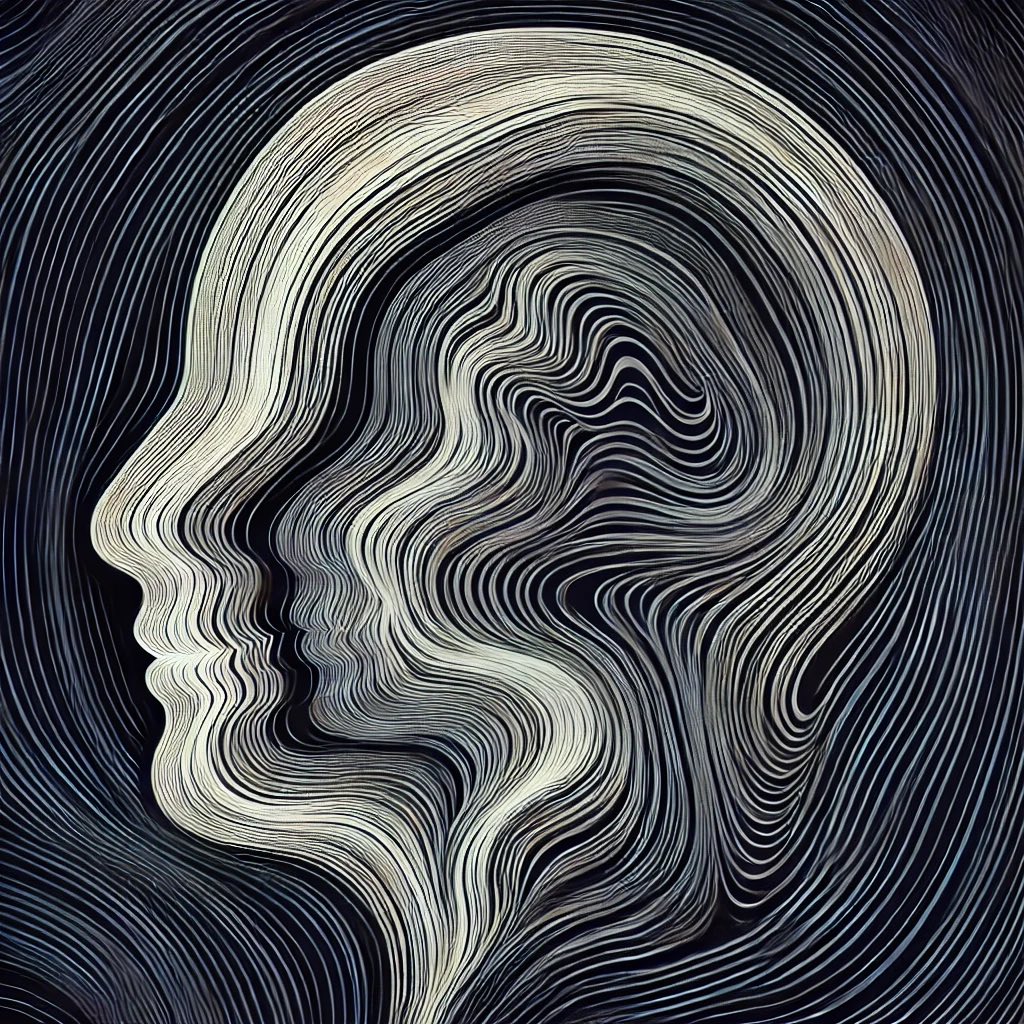
Concentric Mind. This image evokes the central concern of Yogācāra: How consciousness shapes what we perceive as reality. The lines form a human head — yet the head is not truly there. It is the mind that assembles the pattern, just as it assembles the world. In this way, the sketch illustrates two key Yogācāra insights: first, that all experience arises through consciousness; second, that what we take as “real” is a projection shaped by habit, memory, and interpretation. Just as we “see” a face in lines, we “see” a world in the traces of our own mind. Interpreted and created with DALL•E 2.
Historical background: The emergence of Yogācāra
The Yogācāra school arose in 4th–5th century India as a response to the challenges posed by both earlier Abhidharma psychology and Madhyamaka philosophy. While Madhyamaka emphasized the emptiness (śūnyatā) of all phenomena, Yogācāra turned its focus toward the lived structure of experience: how we perceive the world, how suffering arises from misperception, and how consciousness can be transformed.
The school’s name, Yogācāra — meaning “the practice of yoga” — emphasizes its commitment not to metaphysical speculation but to direct, meditative realization. Its founders, Asaṅga and Vasubandhu, sought to systematize the path to liberation by offering a detailed analysis of the mind’s operations. Drawing on both early Buddhist insights and emerging Mahāyāna ideals, they developed a layered model of consciousness and introduced key concepts such as vijñapti-mātra (“representation-only”), ālaya-vijñāna (storehouse consciousness), and the transformation of mind (parāvṛtti).
Yogācāra became one of the most influential philosophical schools in Mahāyāna Buddhism. It shaped not only Indian scholasticism but also the development of East Asian Buddhist traditions — including Chinese Fǎxiàng, Japanese Hossō, and the foundations of Korean and Tibetan interpretations. Though it eventually declined as a distinct sect, its models and terminology lived on, deeply influencing Buddhist psychology and praxis to this day.
The Eight Consciousnesses: Mapping the flow of experience
As explored in our previous article on the eight vijñānas, the Yogācāra school developed a remarkably nuanced model of the mind that functions as both a philosophical framework and a guide for meditative introspection. The term vijñāna (Pāli: viññāṇa) implies a divided or dualistic awareness — a knowing that separates subject from object. Yogācāra’s goal is to analyze how this dualistic structure arises and perpetuates delusion.
This model outlines eight distinct layers of consciousness:
- The five sense consciousnesses (cakṣu, śrotra, ghrāṇa, jihvā, kāya) — each tied to a sense faculty and its corresponding object
- Mental consciousness (manovijñāna) — integrates and interprets sense data, enabling judgment, volition, and narrative construction
- Defiled mind (manas-vijñāna or kliṣṭa-mano-vijñāna) — the ego-filter, which misidentifies the stream of experience as a permanent self
- Storehouse consciousness (ālaya-vijñāna) — a deep reservoir of karmic traces (bīja), conditioning all perception and action
The first five are momentary and sensory, arising through contact (sparśa) between sense faculties (indriyas) and their respective objects. But they don’t interpret reality — that’s the work of the sixth consciousness, which assembles these inputs into coherent meaning. This sixth layer is where we begin to see patterns, assign identity, and form intentions — and it’s here that karma becomes active.
However, behind the mental consciousness lies the seventh: the manas-vijñāna. This is not merely self-reflection, but self-delusion. It takes the stream of consciousness and erroneously appropriates it as “me” and “mine.” It is the root of ego and the pivot of saṃsāra.
Finally, the eighth — the ālaya-vijñāna — is the most subtle and foundational. It stores all karmic impressions and underlies the arising of all other consciousnesses. Far from being a permanent soul, it is an impermanent, conditioned stream that maintains continuity across lifetimes. Every reaction, thought, and action plants seeds here, which ripen into future experiences. The transformation (parāvṛtti) of this consciousness is the turning point on the path to liberation.
In short, what we call the “world” is inseparable from how these consciousnesses function together. They give rise to our sense of identity, environment, and meaning — but all of it is constructed. Yogācāra does not deny experience; it reveals how deeply conditioned it is. This cycle of projection and reaction is saṃsāra.
Vijñapti-mātra: What does “consciousness-only” mean?
One of the most debated terms in Yogācāra is vijñapti-mātra — often translated as “consciousness-only” or “representation-only.” Importantly, it does not mean that nothing exists outside the mind in the solipsistic or idealist sense. Rather, it denies the duality between subject and object in lived experience.
What we take to be an “external object” is inseparable from the way consciousness presents it. For example, imagine walking through a forest and suddenly feeling startled by what appears to be a snake on the path — only to realize, upon closer inspection, that it’s a twisted root. The image of the snake was not “out there” in the object, but shaped by the mind’s stored impressions, fears, and expectations. In other words, our experience of the world is always mediated — not by pure perception, but by karmic imprints, language, habit, and expectation. The aim of Yogācāra is not to negate the world, but to see through the illusion of separateness.
This reading aligns with early Buddhist teachings: when the Buddha spoke of the world being “empty of self and of what belongs to self,” he was not denying appearances, but their misinterpretation. Yogācāra continues this trajectory by explaining how such misinterpretation is formed and perpetuated in consciousness.
From duality to non-duality: Purification of consciousness
The central problem is not consciousness itself, but the dualistic structure of experience: the mistaken division into subject (seer) and object (seen). In Yogācāra, liberation arises when this structure dissolves — when the subject-object polarity collapses into non-dual awareness (advaya-jñāna).
This may sound abstract, but its implications are deeply practical. Consider the example of sitting in meditation: as long as there is a “meditator” trying to observe or control “the mind,” duality remains intact. There is effort, judgment, and subtle separation. But at a certain point — through letting go of identification, labels, and the impulse to manipulate — there may arise a shift: no longer “me watching the breath,” but simply breathing. Awareness, once divided, becomes seamless. This is not a blank state or trance, but a radical transparency in which things are no longer filtered through self-reference.
Yogācāra describes this shift in terms of the conversion of the eight consciousnesses into the four wisdoms (jñāna):
- Ālaya-vijñāna → mirror-like wisdom (ādarśa-jñāna), which reflects all things without distortion or attachment
- Manas → equality wisdom (samatā-jñāna), which sees through self/other discrimination and grasps the sameness of all beings
- Manovijñāna → discerning wisdom (pratyavekṣaṇa-jñāna), which clearly perceives phenomena without bias or conceptual overlay
- The five sense consciousnesses → all-accomplishing wisdom (kṛty-anuṣṭhāna-jñāna), which acts spontaneously and compassionately in accord with what is needed
In this state, perception is no longer filtered through grasping, judgment, or ego-clinging. The usual friction of experience — the push and pull of desire and aversion — drops away. The world appears not as a field of objects to be managed, feared, or desired, but as it is: interdependent, luminous, and empty. This is not another “view” to adopt, but the cessation of all views — a direct realization that does not cling to self or concept, but lives from clarity.
Madhyamaka and Yogācāra: Conflict or complement?
Historically, Yogācāra and Madhyamaka have sometimes been portrayed as oppositional: one emphasizing consciousness, the other emptiness. But this is a misreading. Nāgārjuna dismantles the illusion of essence; Yogācāra shows how the illusion functions in experience. The two approaches work together: Madhyamaka clears the ground; Yogācāra maps the terrain of mind, helping practitioners understand how ignorance takes shape within perception itself.
While Madhyamaka deconstructs our conceptual attachment to intrinsic nature (svabhāva), Yogācāra traces how such attachment becomes embedded in the structures of consciousness. In this sense, Yogācāra extends Madhyamaka’s critique by showing how delusion is not just a philosophical error, but a psychological one — sustained by habitual patterns in the eighth consciousness, reinforced by the ego-function of the seventh, and enacted through perception and thought.
Many later thinkers — especially in Tibet and East Asia — recognized this complementarity. In Tsongkhapa’s Gelug tradition, Yogācāra models were used pedagogically to explain perception before introducing Madhyamaka’s deeper analysis of emptiness. The Yogācāra framework gave students a way to see how conceptual and karmic patterns distort awareness — a necessary step before approaching the radical freedom of śūnyatā.
Likewise, in Chinese Buddhism, Yogācāra’s insights became foundational for the development of Chan and later Zen. Its emphasis on the transformation of mind (parāvṛtti) and the non-duality of subject and object provided a natural bridge to the spontaneous, non-conceptual immediacy that Zen celebrates. Far from being rival schools, Madhyamaka and Yogācāra represent two aspects of the same liberating vision: one clears illusion; the other shows how illusion appears and how it can be undone.
From Yogācāra to Zen: The disappearance of the mirror
Zen inherits Yogācāra’s vision of non-duality — but it pushes it further, stripping away even the structural analysis of mind and offering instead a direct plunge into lived immediacy. If all duality is mind-made, then liberation lies not in refining thought, but in letting it go completely. Zen’s apparent rejection of scripture, doctrine, and intellectual elaboration is not rooted in anti-intellectualism, but in the insight that no verbal or conceptual construct can adequately capture awakening.
In Yogācāra, non-duality is carefully articulated: the transformation of consciousness leads from ego-clinging to mirror-like awareness. But Zen asks: why speak at all? Why analyze the mirror, when it is the dust — the very habit of conceptualization — that must be wiped away?
To sit in zazen is not to observe the mind as an object, but to be absorbed in awareness itself, where the distinction between observer and observed dissolves. There is no “mind watching breath,” no “self examining thoughts” — just the unfolding of suchness (tathatā), immediate and ungraspable. Yogācāra provides the final and most refined map of the territory; Zen throws away the map and steps barefoot onto the ground.
This progression represents the continuity of Buddhist philosophy at its most radical and embodied: a movement from analytic deconstruction (Madhyamaka), through transformative reorientation (Yogācāra), to non-conceptual realization (Zen). It is not a rejection of analysis, but its fulfillment — a turning beyond words into the intimacy of direct experience.
Conclusion
The Yogācāra school provides one of the most sophisticated and psychologically nuanced frameworks in Buddhist thought. Without reverting to metaphysical speculation, it offers a detailed account of how suffering arises through distorted consciousness — and how its transformation leads to liberation. Its primary insight is simple but radical: we never encounter reality as it is, but always through the lens of karmically conditioned consciousness. The world we think we inhabit is inseparable from the mental habits, traces, and projections we bring to it.
By identifying eight interacting layers of consciousness — from the immediacy of sense-perception to the deep, unconscious storehouse of karmic imprints — Yogācāra bridges philosophy and introspection. It speaks not just about “mind” in the abstract, but about how we construct identity, cling to experience, and mistake what is conditioned for what is real. Its model does not posit an eternal self or mind — rather, it reveals the impermanence, interdependence, and malleability of experience.
What makes this vision powerful is its refusal to turn insight into doctrine. Instead, Yogācāra turns the mind back on itself. Its goal is the transformation (parāvṛtti) of consciousness: a shift from grasping to clarity, from duality to non-duality. It explains how the illusion of subject and object arises, but also shows how that illusion can collapse into mirror-like awareness — an experience that is luminous, intimate, and free from fixation.
Compared to Western traditions, which often preserve a self-justifying subject — whether as a metaphysical ego, a cognitive center, or a moral agent — Yogācāra offers an alternative: a psychology without a self. While Western phenomenology (e.g. Husserl, Merleau-Ponty) and psychoanalysis (e.g. Freud, Jung) have explored the constructed and unconscious nature of experience, they often retain some grounding in identity or interiority. Yogācāra goes further: it deconstructs even the witness, revealing that freedom lies not in discovering who we are, but in seeing that “who we are” was never fixed to begin with.
For Buddhism as a whole, Yogācāra represents a critical development — the move from philosophical negation to experiential transformation. It preserves the non-essentialist foundation of Nāgārjuna’s Madhyamaka, yet gives it psychological depth and soteriological precision. For Zen, it provides the final scaffolding: a language for transformation that, once understood, can be discarded in favor of direct, wordless presence. Yogācāra’s ultimate gesture is not to describe the mind, but to dissolve the structures that bind it.
Its legacy is thus not a system of thought, but a method of seeing: to understand how consciousness operates, and in that understanding, to cease clinging. When that happens, what remains is not a theory — but a different way of being: open, clear, and no longer divided.
References and further reading
- Oliver Freiberger, Christoph Kleine, Buddhismus - Handbuch und kritische Einführung, 2011, Vandenhoeck & Ruprecht, ISBN: 9783525500040
- Rupert Gethin, The Foundations Of Buddhism, 1998, Oxford University Press, ISBN: 9780192892232
- Oliver Bottini, Das grosse O.W. Barth-Buch des Buddhismus, 2004, Ebner & Spiegel GmbH, ISBN: 9783502611264
- Jr. Buswell, Robert E., Jr. Lopez, Donald S., Juhn Ahn, J. Wayne Bass, William Chu, The Princeton dictionary of Buddhism, 2014, Princeton University Press, ISBN: 978-0-691-15786-3
- Oliver Bottini, Das große O.-W.-Barth-Buch des Zen, 2002, Barth im Scherz-Verl, ISBN: 9783502611042
- Hans-Günter Wagner, Buddhismus in China: Von den Anfängen bis in die Gegenwart, 2020, Matthes & Seitz Berlin, ISBN: 978-3957578440
- Heinrich Dumoulin, Geschichte des Zen-Buddhismus, Band 1+2, 2019, 2., durchgesehene und erweiterte Auflage, Francke A. Verlag, ISBN: 9783772085161

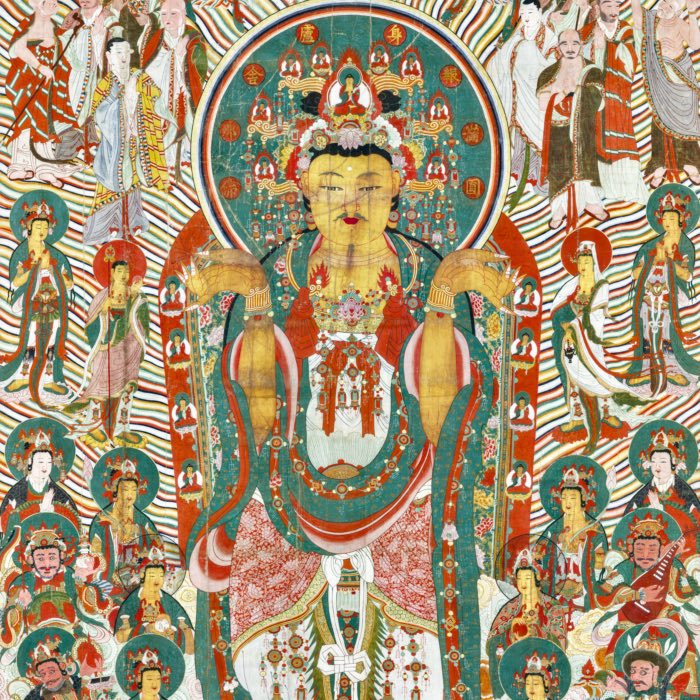
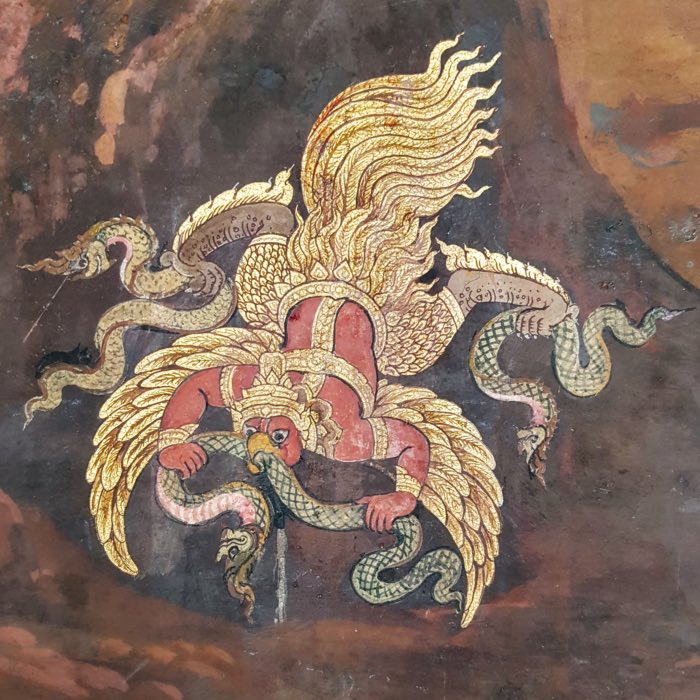
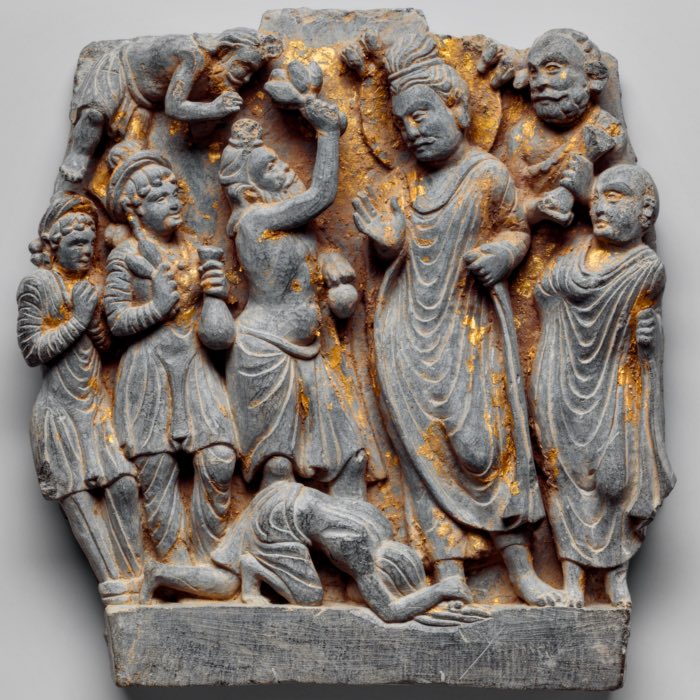


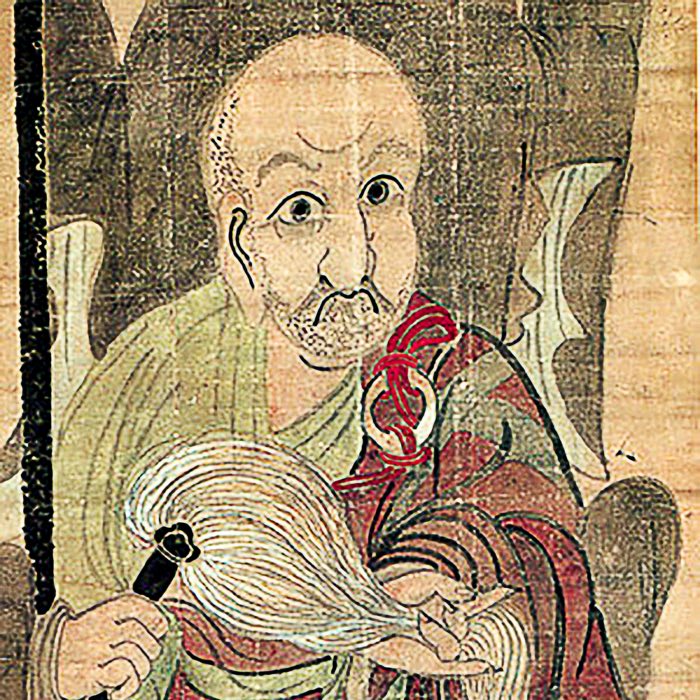
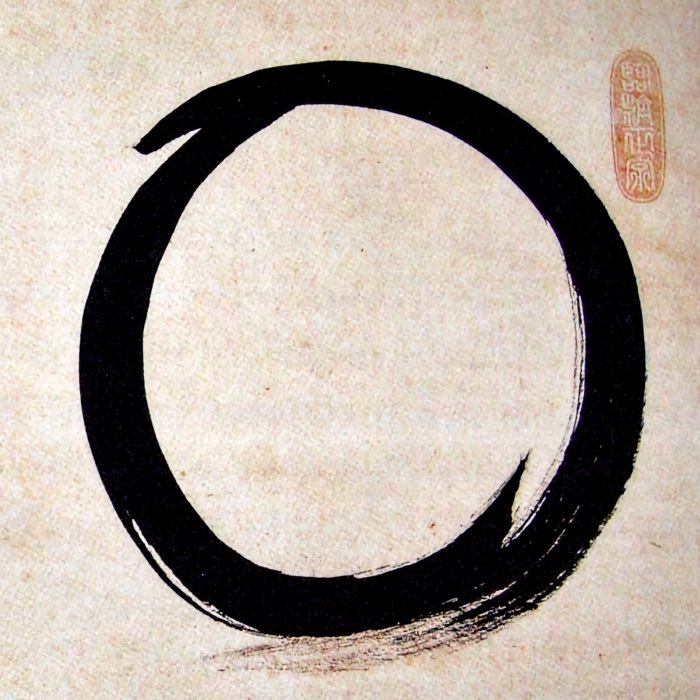



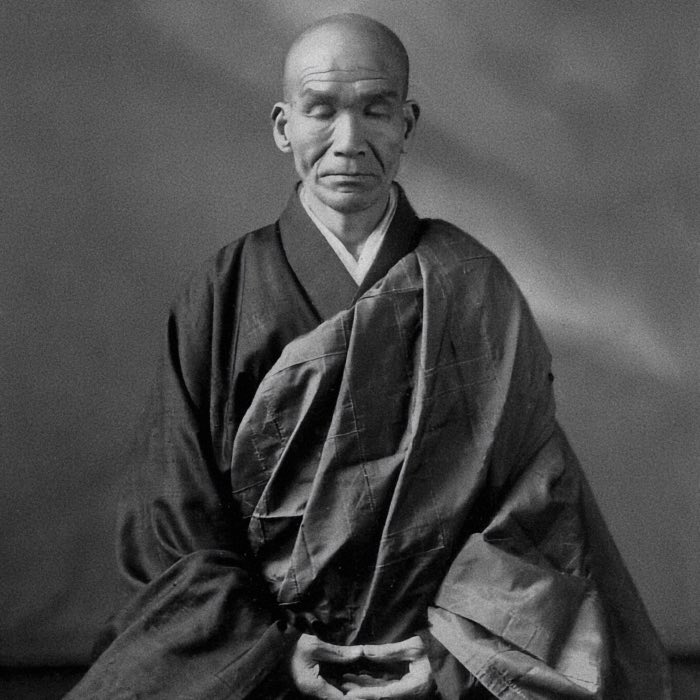


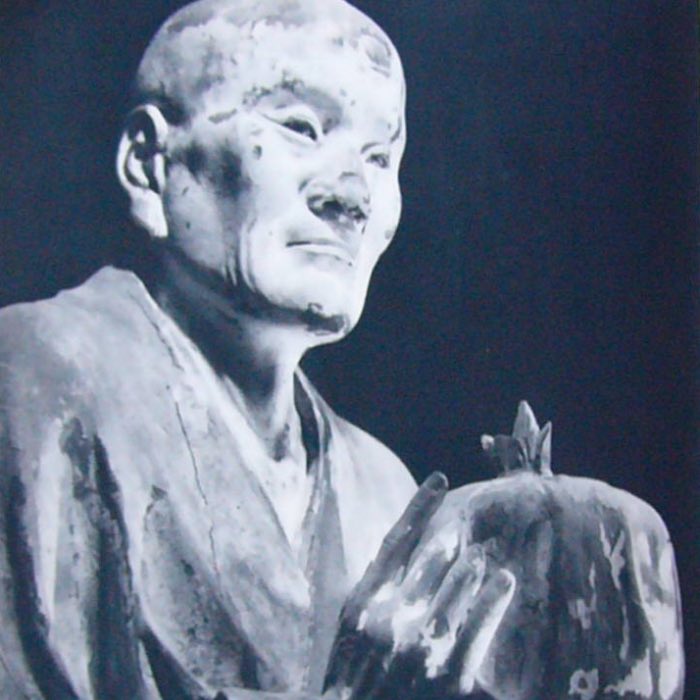
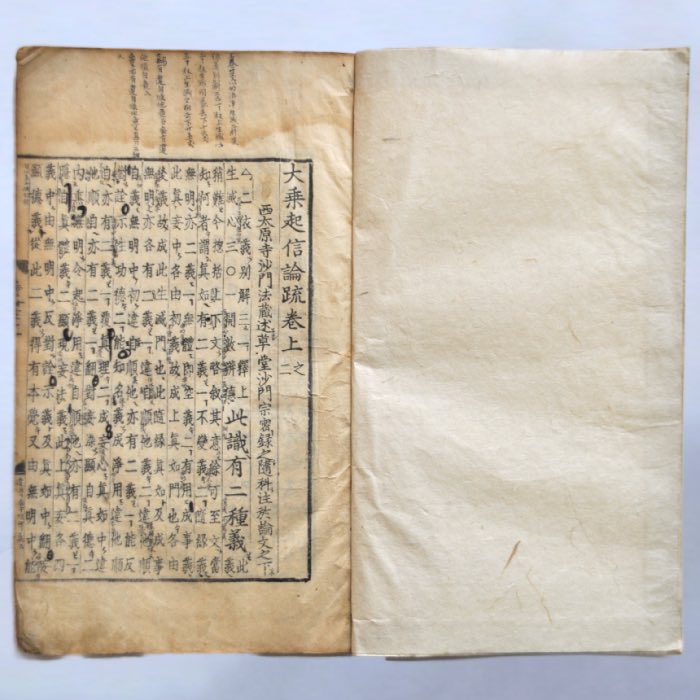
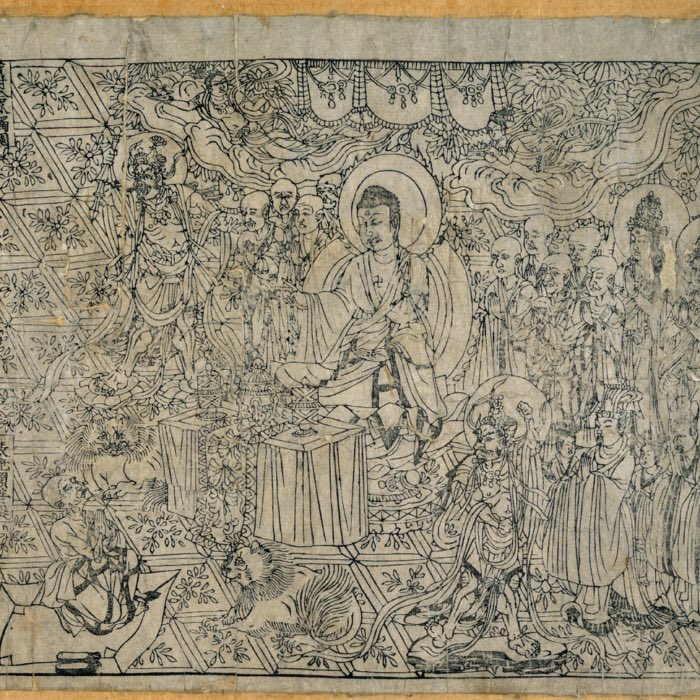




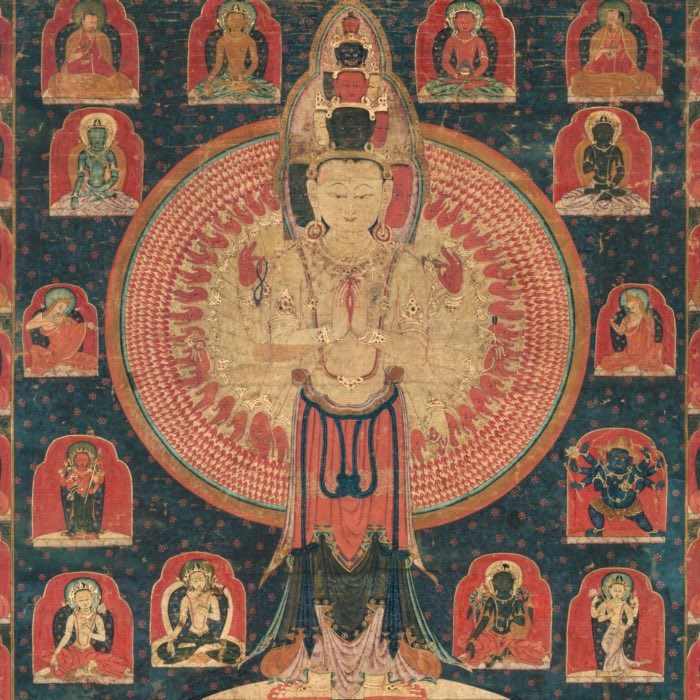
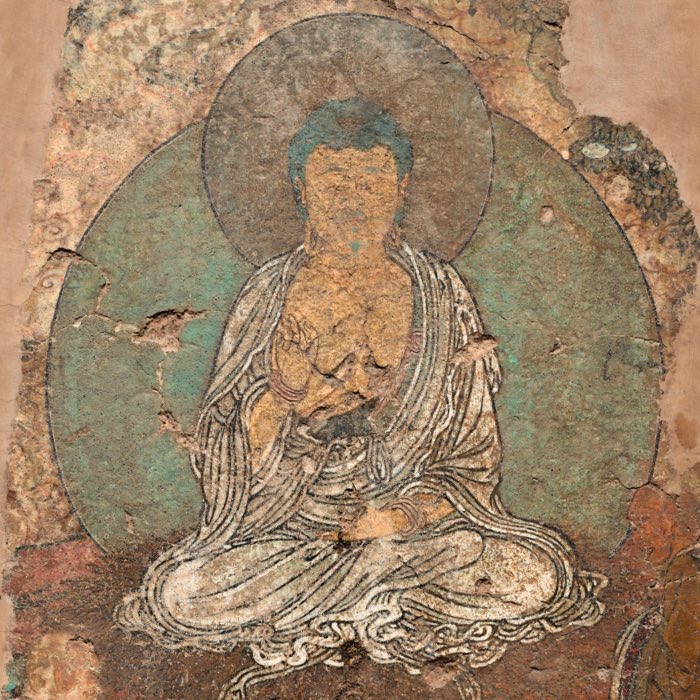
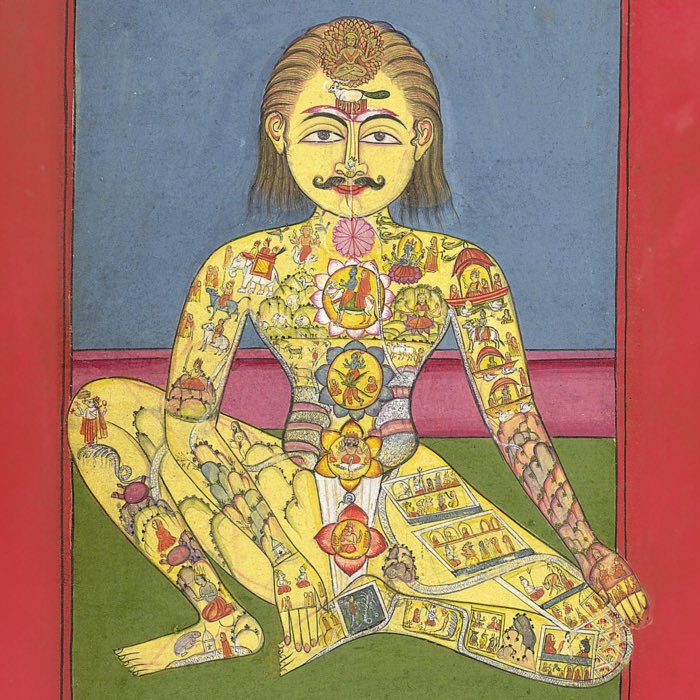

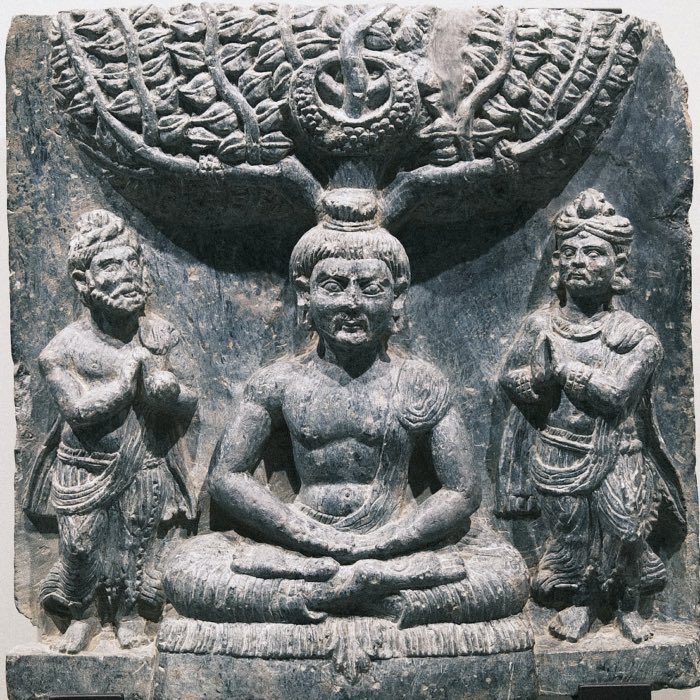
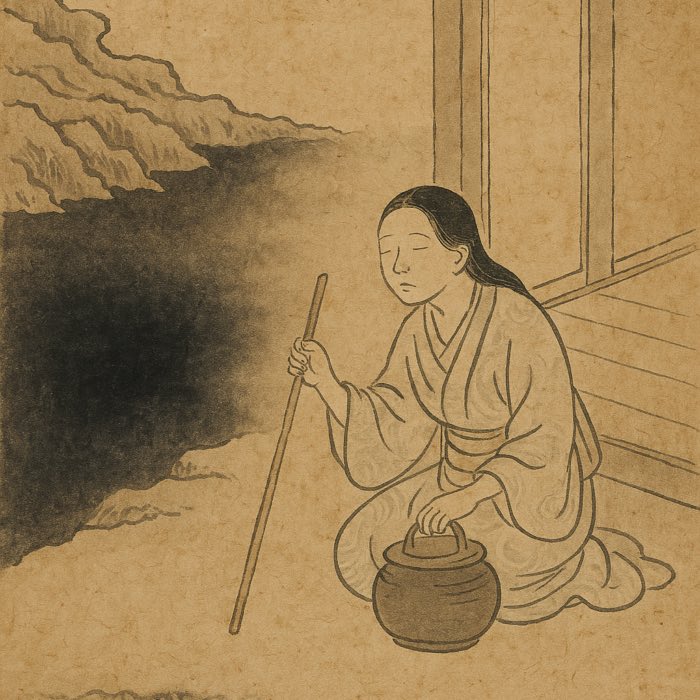

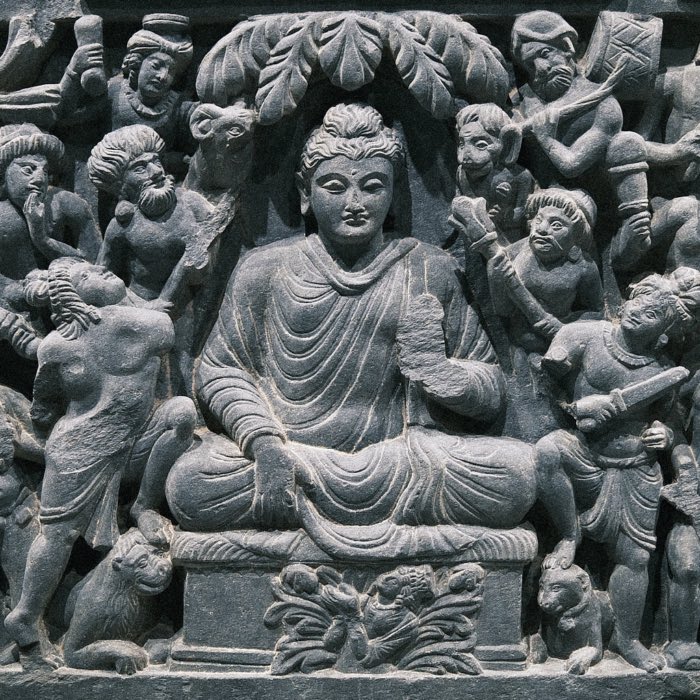
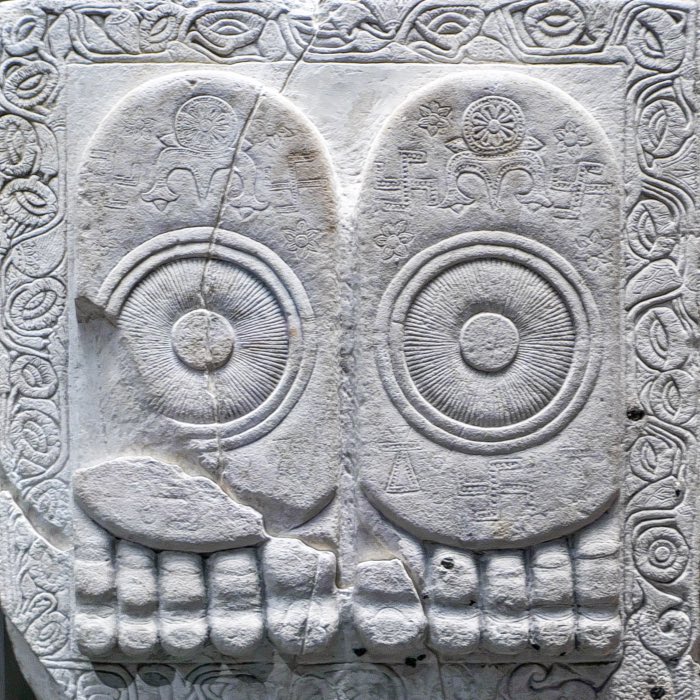

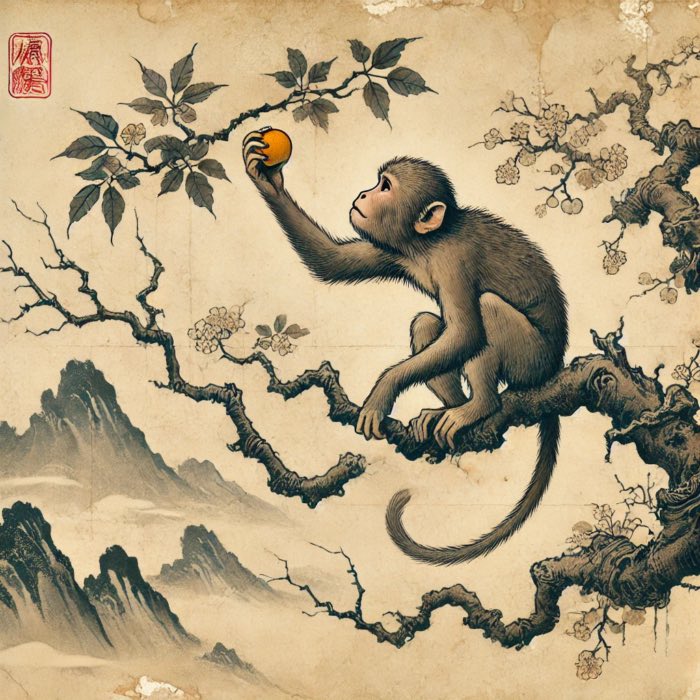


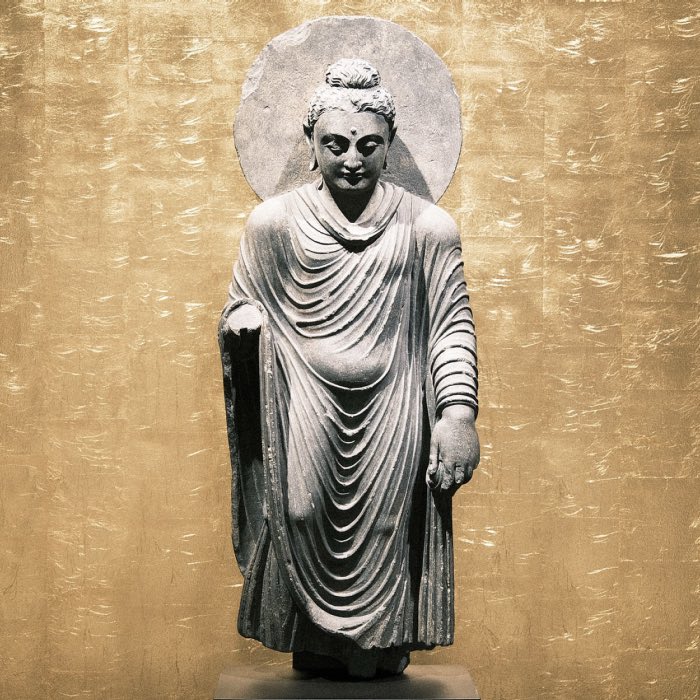
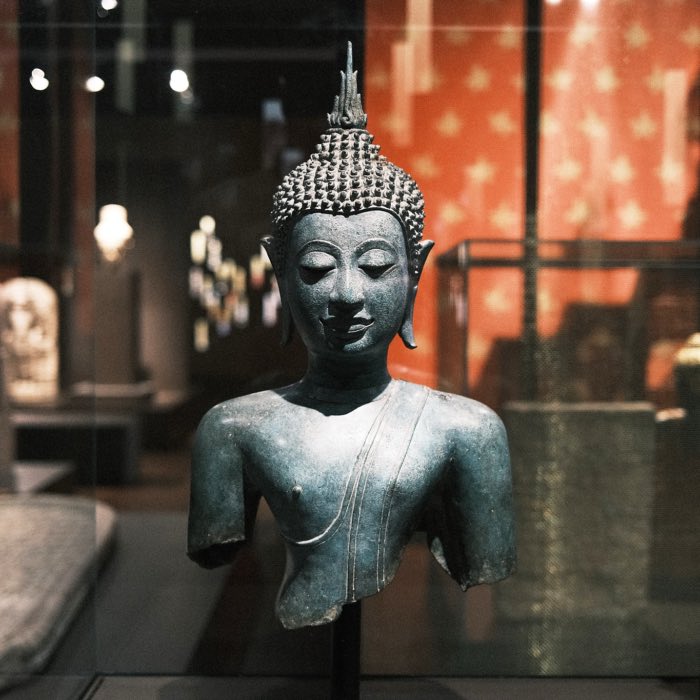
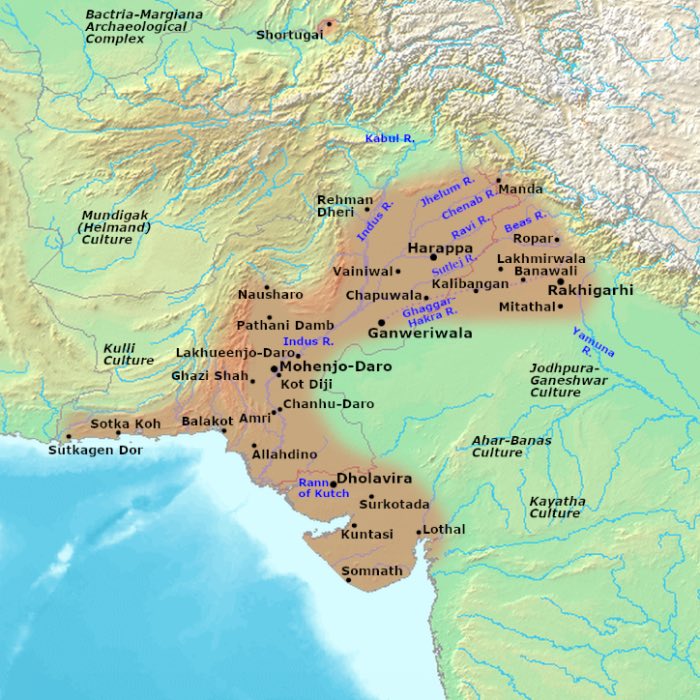
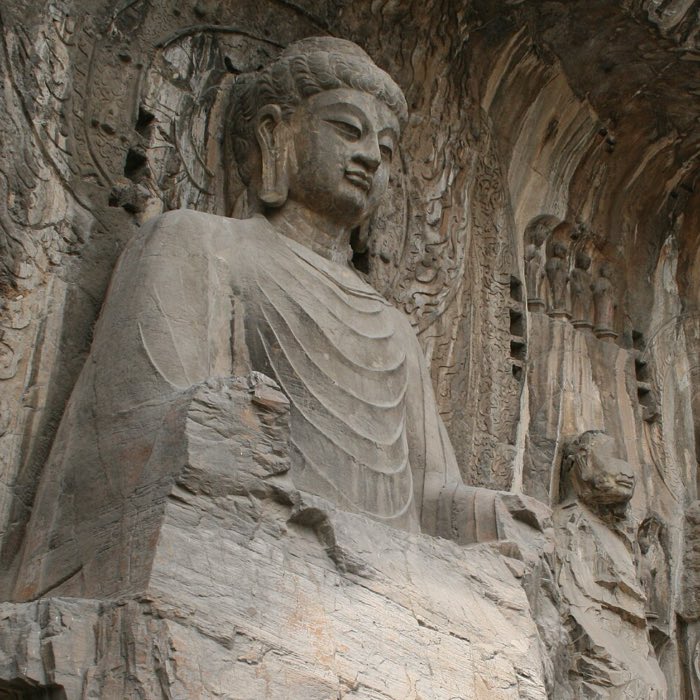
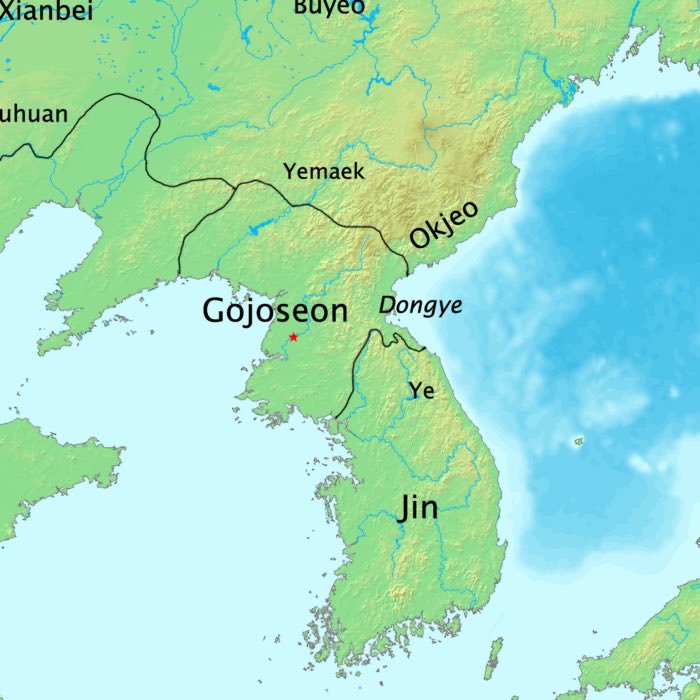


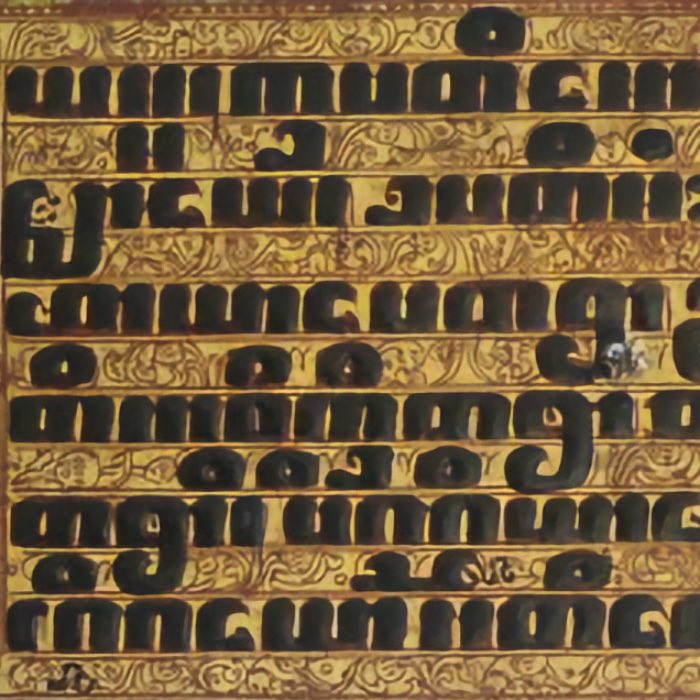



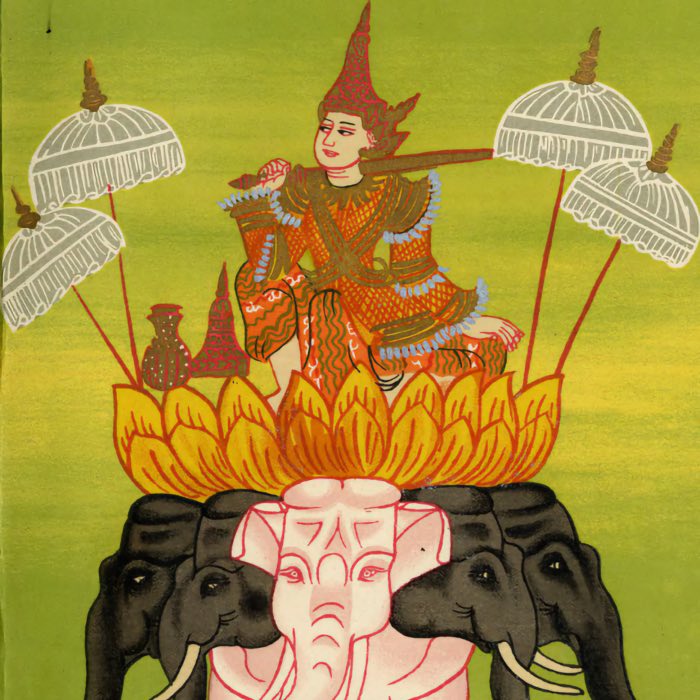
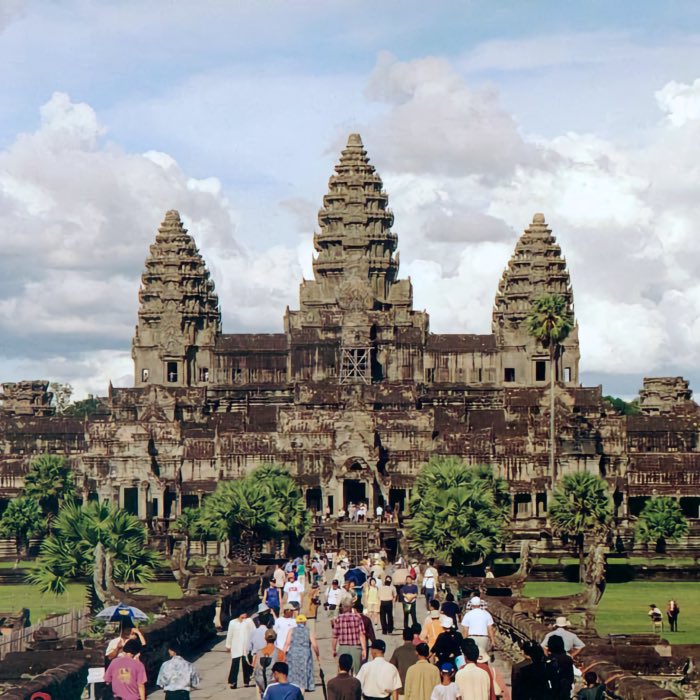


comments